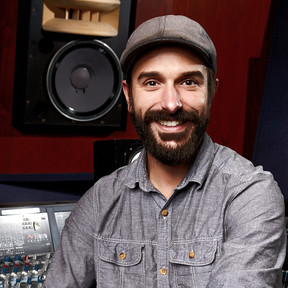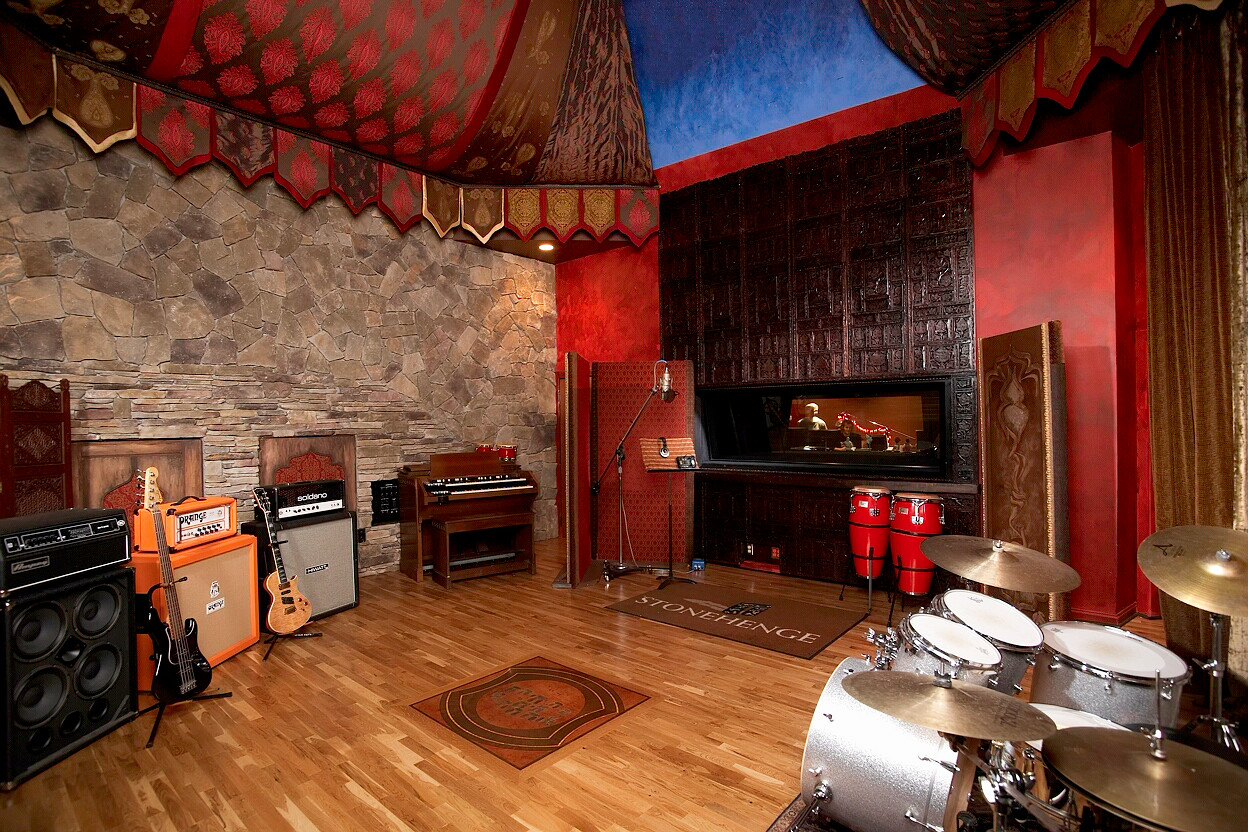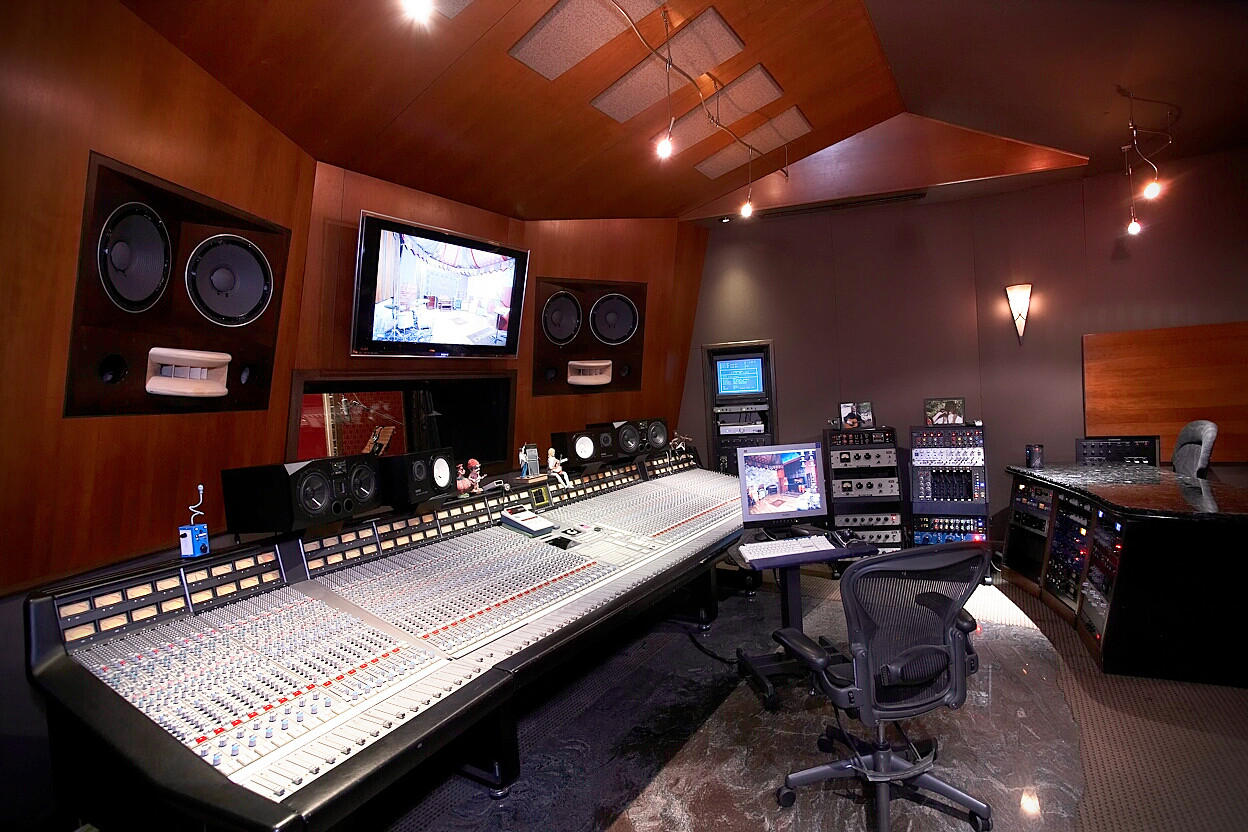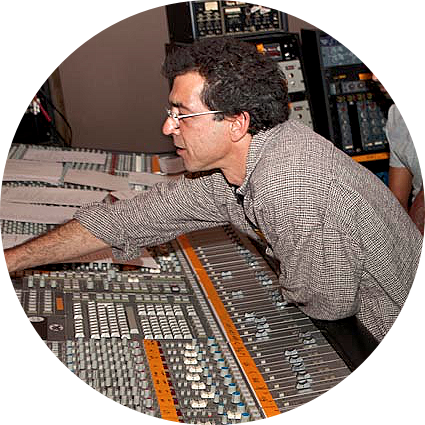How did you get started with FuzzMeasure?
I went to LA to tune Akon’s rooms. Akon had Augspurger studio monitors and we did too at ZAC. The guy I bought ours from suggested I download FuzzMeasure so I downloaded it for the helluva of it. The tuning went fast! My new speaker alignment system is now based around FuzzMeasure. I was using a measurement mic playing back Pink Noise then would draw a graph on graph paper, a very analog old technology approach. FuzzMeasure does it so much faster with the sweep, a lot less room for error…. I trust it pretty confidently.
I’m not a trained acoustician, I’m an audio engineer. I’m not the guy designing rooms on a piece of paper, but I can tell you if a room sounds good or not and I can align a speaker system. And I can usually tell you why and how to improve the room. I’m the guy making the speakers and the sources in the room sound as good as they can!
As a longtime FuzzMeasure user, what’s exciting about FuzzMeasure 4?
It’s the small differences that make the world of difference in FuzzMeasure 4. For example, the new design of the markers is amazing. To be able to zoom in on frequency ranges, track and compare the changes I make in the system is such helpful detail.




